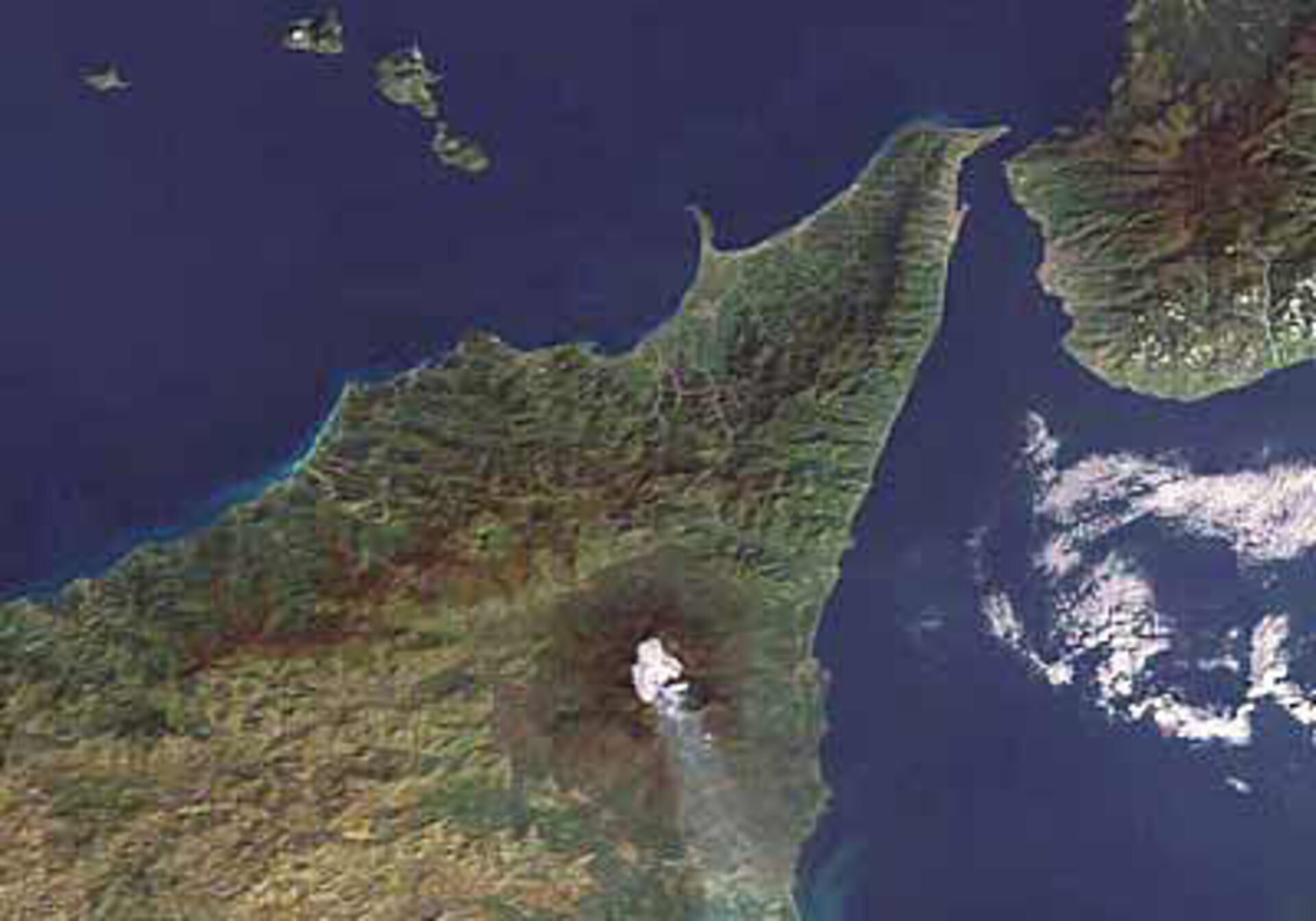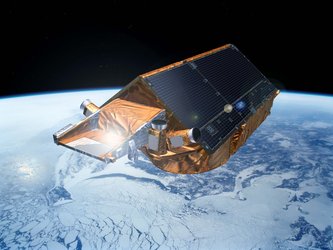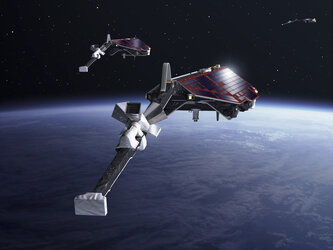Earth observation missions
ESA has been dedicated to observing the Earth from space since the launch of its first meteorological mission, Meteosat, in 1977. The later series of Meteosat satellites plus ERS-1, ERS-2, Envisat, GOCE and CryoSat-2 have provided us with invaluable data about the Earth, its climate and changing environment.
ESA mission controllers manage some of the most sophisticated Earth observation spacecraft ever built. Envisat, ERS-2, Proba-1, GOCE and CryoSat-2 are in orbit, while the mission control infrastructure for several more missions is in development. An additional mission, SMOS, is being operated for ESA by CNES, France's space agency, from Toulouse.
Current missions
GOCE
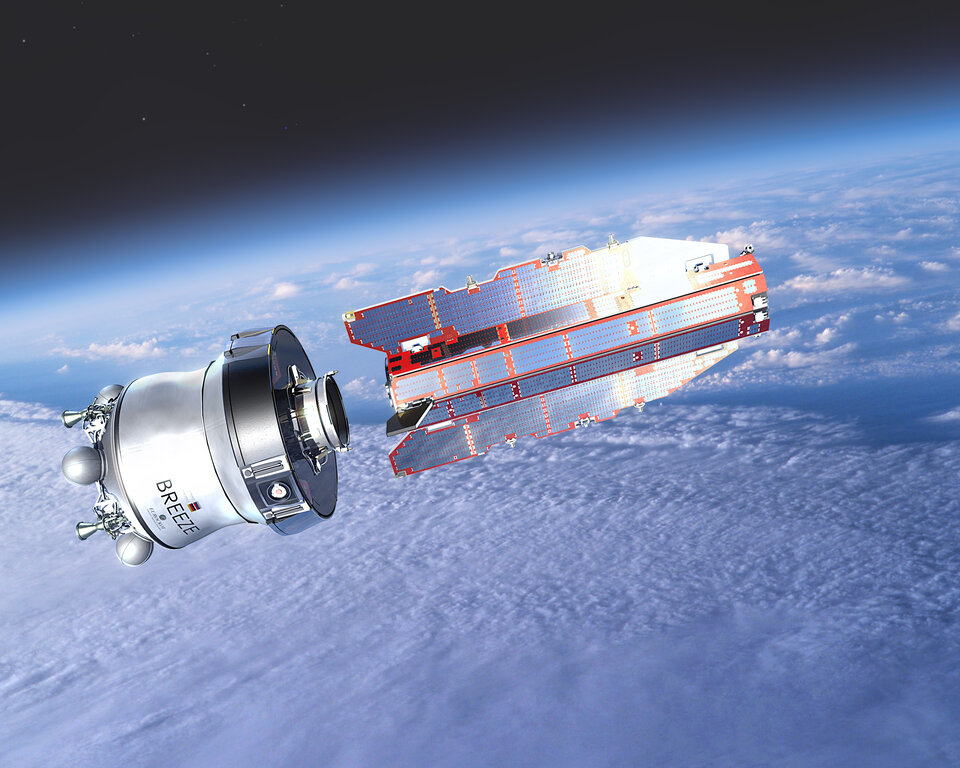
Data from GOCE (Gravity Field & Steady-State Ocean Circulation Explorer) are helping derive accurate measurements of ocean circulation, sea-level change and terrestrial ice dynamics. GOCE was launched on 17 March 2009 and is controlled from ESOC in Darmstadt, Germany.
SMOS
Launched on 2 November 2009, ESA's 'Water Mission', SMOS (Soil Moisture and Ocean Salinity) is being operated by CNES, France's space agency. SMOS is playing a key role in monitoring climate change and is the first-ever satellite designed to map sea surface salinity and soil moisture on a global scale.
CryoSat-2

CryoSat-2, launched 8 April 2010, is carrying a sophisticated radar altimeter to accurately measure floating sea ice thickness and survey the surface of ice sheets. ESOC's ground segment uses the ESTRACK station in Kiruna; contact is established for about 10 minutes, 11 times per day, to send commands and download data.
Future missions
ADM-Aeolus
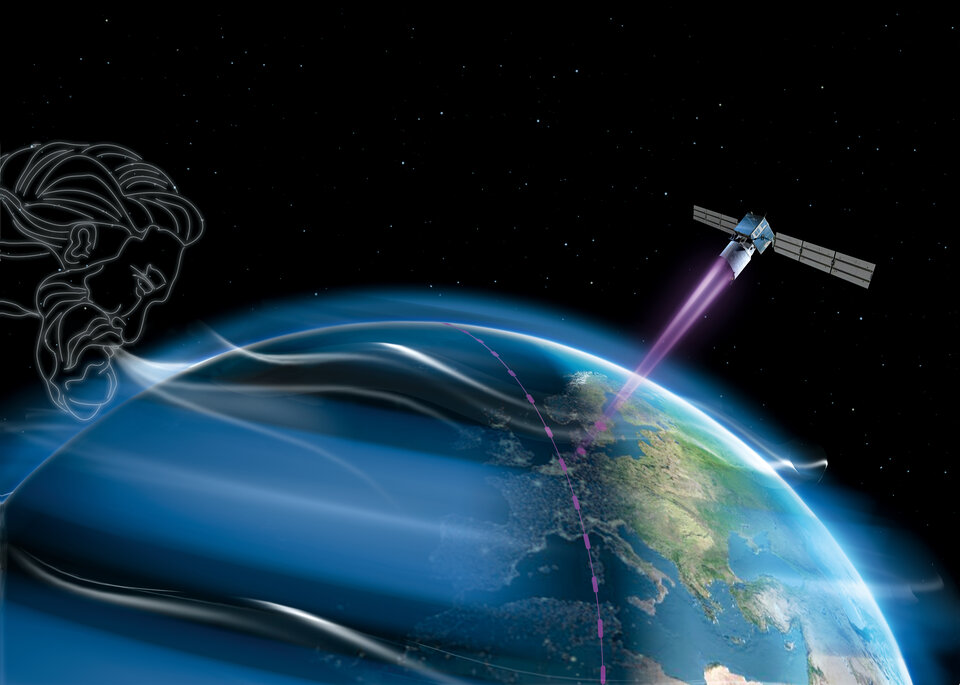
Swarm
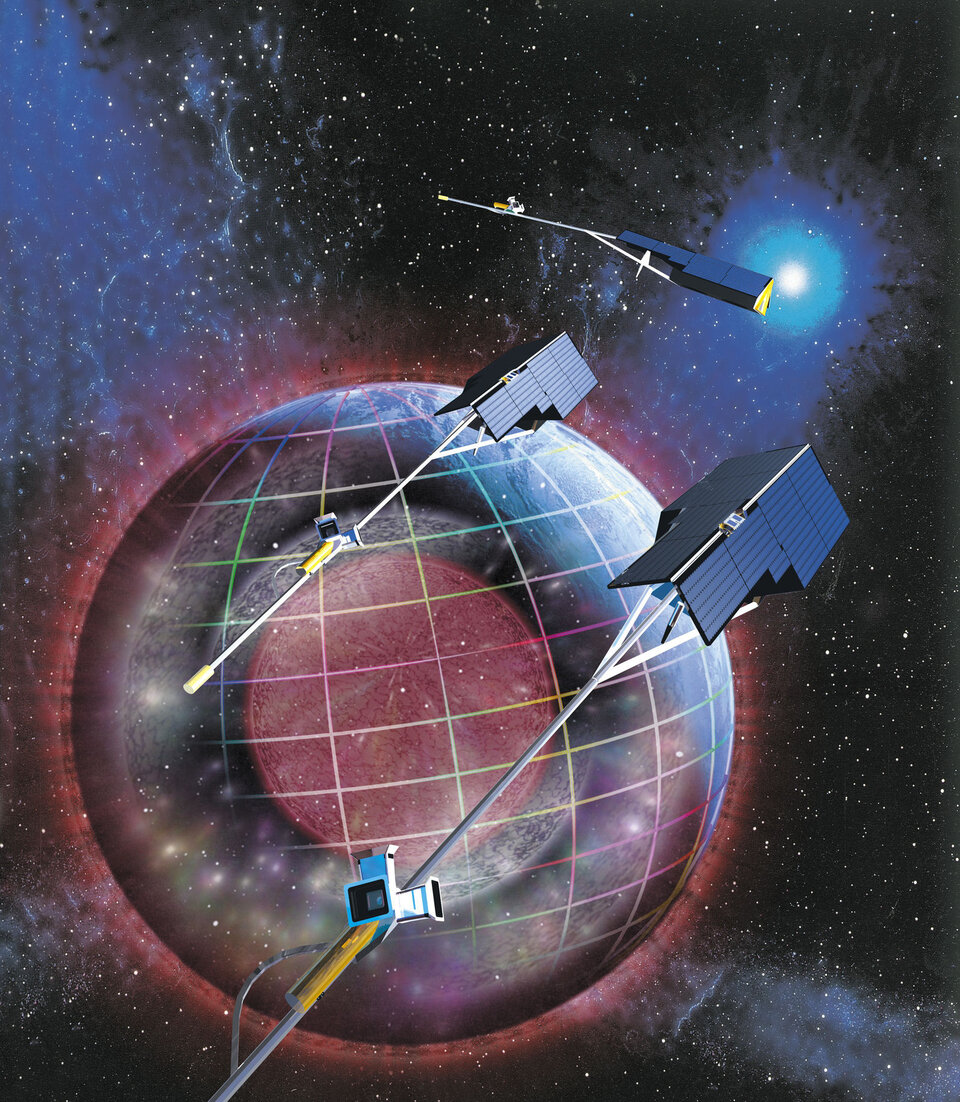
GMES/Sentinels

GMES/Sentinels



